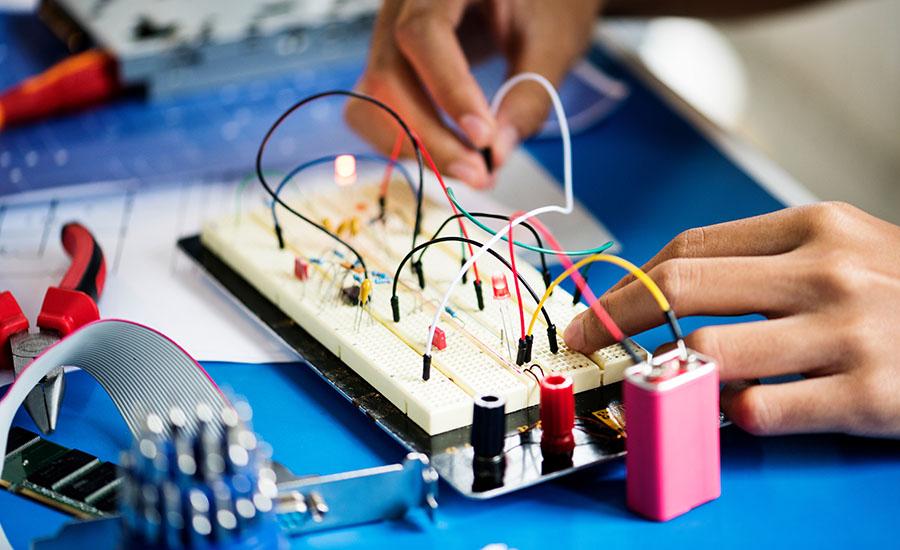
Wand Circuits
by Elizabeth Martinez-Szewczyk
In this hands-on STEM lesson, students will learn about basic electrical circuits by designing and building their own light-up wands. Using craft sticks, copper tape, an LED light bulb, a CR2032 battery, and electrical tape, students will explore the principles of electricity and energy transfer.
This lesson follows the 5E instructional model—Engage, Explore, Explain, Elaborate, and Evaluate—to provide a structured learning experience. Students will engage in problem-solving, creative design, and experimentation, ultimately demonstrating their understanding of electrical circuits through a functional and personalized light-up wand.
Lesson Plan Link/URL
https://docs.google.com/presentation/d/1lR4cbQkk4JJRLoNyayiY-PRzvCYWoavl/edit?u…Subject Area
Science Physical Science P4: Energy Transfer Technology 4. Innovative Designer 5. Computational Thinker Engineering S4: Apply Science to Engineering
Featured
Off
Related Content

Grades:
4th Grade, 5th Grade, 6th Grade, 7th Grade, 8th Grade
Students create a polling station, using student-made buttons, a circuit, and coding a Micro:Bit, to discover and report current student trends.

Grades:
3rd Grade, 4th Grade, 5th Grade, 6th Grade, 7th Grade, 8th Grade
Coding and flying drones what a match! Students will have the chance to experiment with flying a drone in a simulator. The lesson includes 4 missions incorporating forces of flight acting on a drone.

Grades:
4th Grade
In this lesson plan, students will be able to build a simple electric motor and study how simple changes affect the motor's rotation. They will learn how energy comes in many forms, and how electric